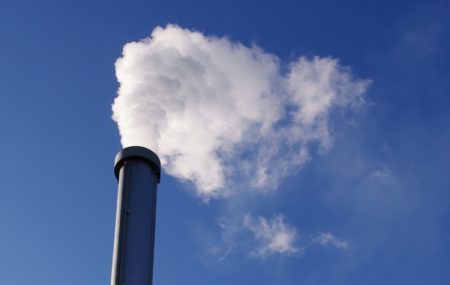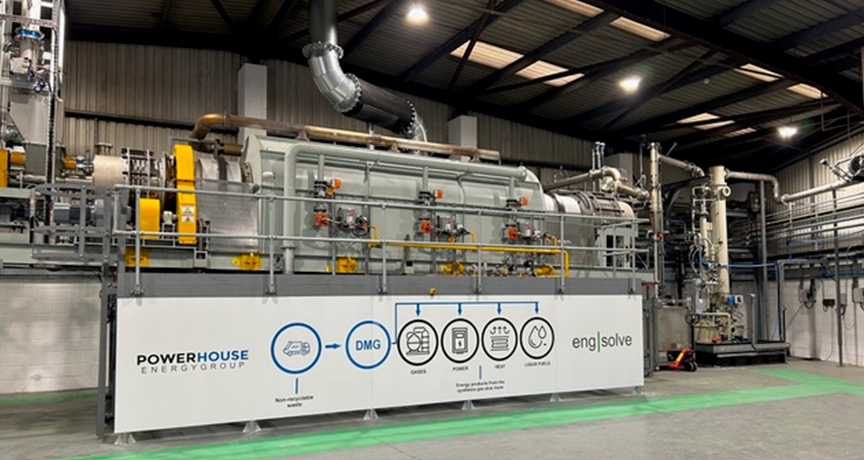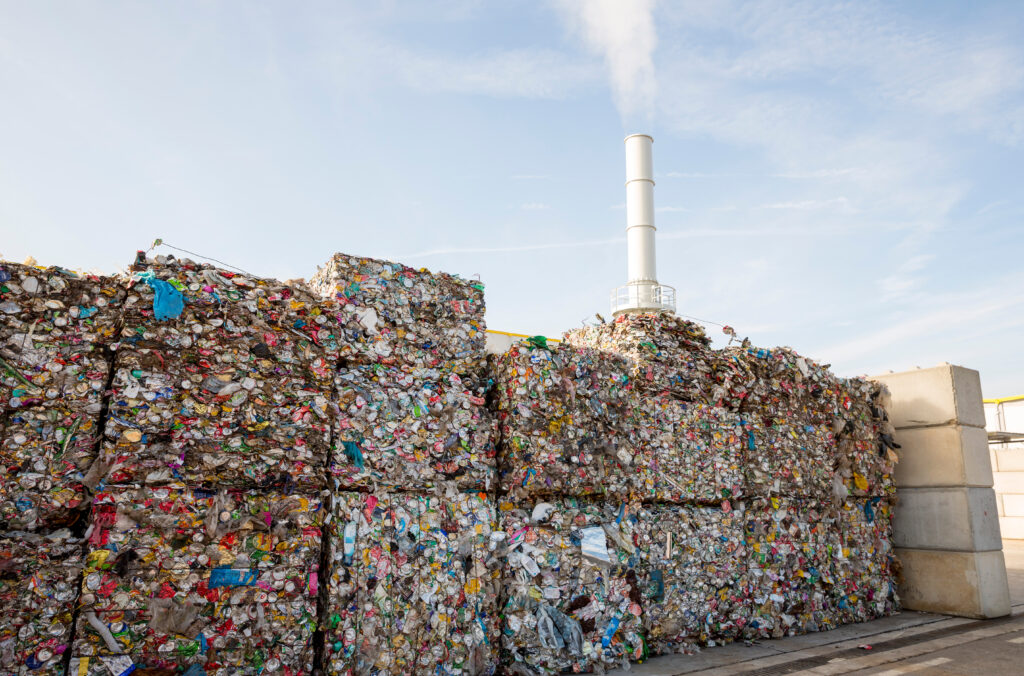Commenting on the regulatory updates, circular economy minister Mary Creagh said: “For far too long, the nation has seen its recycling rates stagnate and relied on burning household waste, rather than supporting communities to keep resources in use for longer.
“That ends today, with clear conditions for new energy from waste plants – they must be efficient and support net zero and our economic growth mission, before they can get the backing needed to be built.
“This is another vital step on the pathway to a circular economy, where we reduce waste to landfill and boost the economy, while also ensuring those facilities maximise the benefits to communities. This will also help us deliver on our Plan for Change in a decade of national renewal.”
The new rules will require:
- Projects to maximise efficiency and support the delivery of economic growth, net zero and the move to a circular economy.
- Developers to demonstrate that their projects will help lower the amount of non-recyclable waste sent to landfill or enable the replacement of older, less efficient plants.
- New projects to be built Carbon Capture ready and make use of the heat they produce. This will include plants that produce fuels that can be used to decarbonise other sectors, such as aviation.
Energy from Waste in the UK
A Residual Waste Infrastructure Capacity Note published on the same day reported that evidence suggests that the new requirements will not “negatively affect the country’s capacity to process waste and should decrease the amount sent to landfill”.
Charlotte Rule, head of climate and energy policy at the Environmental Services Association (ESA), said: “The ESA’s long-held view is that recovering energy and materials from waste left over after recycling is an important part of a circular economy but development of Energy from Waste (EfW) facilities must be carefully balanced against current and future capacity needs, which this new Residual Waste Infrastructure Capacity Note supports.
“Increasing recycling rates, and developing carbon capture as well as district heat networks across the UK’s EfW fleet, will all play a role supporting our sector’s target to decarbonise by 2040 and contribute to UK net-zero goals, so we welcome government’s support in these areas.”
In October 2024, a BBC report claimed that EfW produces the same amount of greenhouse gases for each unit of energy as coal power and labelled it the UK’s “dirtiest” form of power.
‘More needs to be done’
Cathy Cook, LARAC chair, said: “Whilst LARAC supports the principle behind these changes and acknowledges and supports efforts to reduce material lost to incineration and landfill where it can be recycled, more needs to be done.
“The UK government stated that ‘almost half of all waste collected by local authorities in 2022-23 was incinerated with resources that could be recycled being lost’. Now that EPR for packaging has been introduced, the government needs to focus on the introduction of EPR for non-packaging materials, the development of repair and reuse initiatives, and the growth of end market demands for recyclables such as flexible plastics. This will provide further opportunities for materials that currently make up the vast majority of waste incinerated from municipal waste streams.
“Whilst a greater focus on the development of any waste infrastructure is welcome, real change to recycling rates will only be made when systemic changes are made to influence the composition of the waste stream and local authorities are empowered to change citizen behaviour at the kerbside.”










Subscribe for free